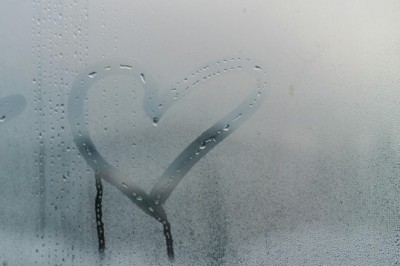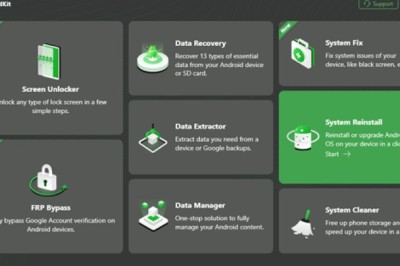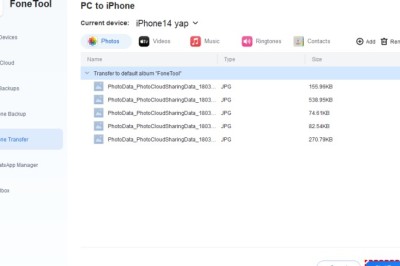views
Food safety is a crucial aspect of any food business. Whether you are running a restaurant or selling food products, it is essential to store and preserve food in a way that keeps it safe for consumption.
Cold holding is one of the most effective methods for storing and preserving food. It is critical to ensure that you are doing it correctly to keep your customers safe.
What is Cold Holding?
When food is stored at temperatures above 40°F (4°C), it enters the temperature danger zone, where bacteria can grow rapidly and cause foodborne illness. Cold holding keeps food at a temperature below this danger zone, slowing down the growth of bacteria and preventing spoilage.
In addition to preventing illness, proper cold holding also helps maintain the quality and freshness of food, reducing waste and improving overall food service efficiency.
Proper Cold Holding Temperatures
The FDA Food Code requires that cold foods be stored at 41°F (5°C) or below.
However, it is recommended to aim for an even lower temperature of 35°F (2°C) to provide a buffer zone in case of temperature fluctuations.
It is important to regularly monitor and record the temperature of cold-holding units to ensure they are maintaining the proper temperature range.
Types of Cold Holding Equipment
There are several types of cold-holding equipment commonly used in food service. These include refrigerators, walk-in coolers, and cold tables.
Each type of equipment has its own specific requirements for maintaining proper temperature and ensuring food safety.
- Refrigerators use compressors to cool the air inside and should be set to 33-41°F.
- Walk-in coolers are larger units used to store large quantities of food and must also maintain a temperature of 33-41°F.
- Cold tables, commonly found in self-serve establishments, use refrigeration or ice to keep food items chilled. They require regular monitoring to ensure temperatures stay within the safe range.
- Specialized cold-holding units include blast chillers and ice cream freezers.
Proper maintenance and temperature monitoring are crucial to prevent bacterial growth and ensure food safety.
Best Practices for Cold Holding
To ensure food is being properly cold held, it is important to follow some best practices:
- Store food in small, shallow containers to promote even cooling and prevent heat transfer between food items.
- Avoid overcrowding cold holding units, as this can prevent proper air circulation and cause temperature fluctuations.
- Use thermometers to regularly monitor the temperature of cold holding units.
- Keep cold holding units clean and well-maintained to prevent the growth of bacteria and ensure proper temperature control.
- Train staff on proper cold holding techniques and the importance of maintaining food safety.
Common Cold Holding Mistakes
Despite the importance of proper cold holding, there are several common mistakes that can lead to food safety issues. Some of these mistakes include:
- Storing food in incorrect containers, such as using plastic wrap instead of airtight containers.
- Failing to check the temperature of cold holding units regularly.
- Allowing cold holding units to become too full or too empty, which can cause temperature fluctuations.
- Neglecting to properly clean and maintain cold holding equipment.
Cold Holding for Specific Foods
Specific food items require careful attention to ensure they are kept at the appropriate temperature. This is done to maintain their quality and prevent the growth of harmful bacteria.
Meat, poultry, and fish can quickly grow bacteria, which can be harmful to our health. To prevent this, it's crucial to store them at or below 41°F (5°C). Similarly, dairy products like milk and cheese should be stored at or below 38°F (3°C) to avoid spoilage and maintain their taste.
Ready-to-eat foods, such as deli meats and salads, can also pose a risk of bacterial growth if they are not properly stored. These items should be kept at 41°F (5°C) or below to prevent contamination.
Frozen foods, on the other hand, require even colder temperatures for proper storage. They should be kept at 0°F (-18°C) or below to maintain their quality and prevent freezer burn.
It is also important to ensure that frozen foods are properly packaged and labeled with the date of freezing. This ensures they are used within the recommended time frame.
Monitoring and Recordkeeping
Monitoring and recordkeeping are essential for ensuring proper cold holding and food safety. It is important to keep daily records of the temperature of cold holding units and to regularly monitor the condition of the equipment.
These records can help identify potential issues. They also serve as documentation of compliance with food safety regulations.
Training and Education
Regular training and education on food safety practices are vital for food service operations. This helps prevent illnesses and maintains the business's reputation. All staff members should learn how to handle, store, and serve food properly to prevent severe health consequences.
It's crucial to stay up-to-date with food safety regulations and guidelines since they frequently change. Ongoing education and training can teach staff about new regulations, best practices, and procedures. As a bonus, it also helps boost workplace productivity.
Prioritizing continuous education and training can help food service operations maintain a safe and healthy environment for everyone.
Summing Up
Proper cold holding is vital to prevent the growth of harmful bacteria and ensure food safety. By following best practices, monitoring temperatures, and training staff, food service operators can maintain high-quality food and reduce waste. Implementing these practices can go a long way in preventing foodborne illnesses and promoting a safe and healthy dining experience.





















Comments
0 comment